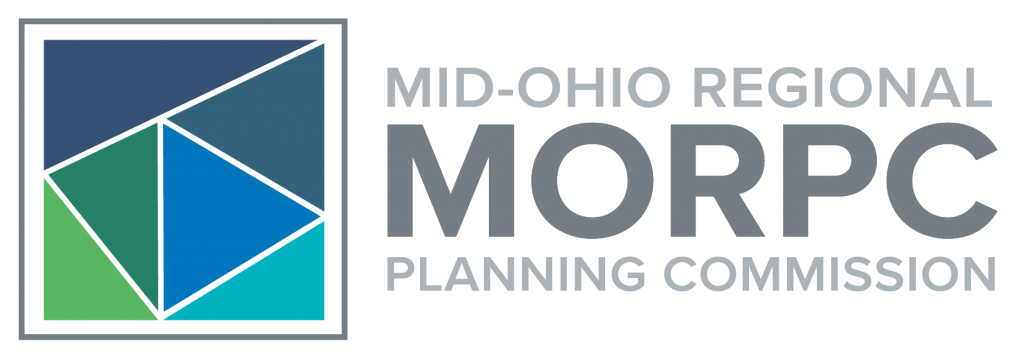The toolkit also includes resources for local governments as they turn their focus to preparing for solar PV in their communities. Additional resources will be added as they are developed. To be notified when this occurs, please register your email address here.
How to Use the Toolkit
Prior to clicking on any links, please expand and read through each section of this web page. Then, return to the starting point below and begin the following four sections in order. After that is completed, you can access the additional resources and documents as needed for your project.
If you have questions regarding this resource, please contact:
Brian Filiatraut
Energy & Sustainability Program Manager
bfiliatraut@morpc.org
Start Here ↓
Please read through the following sections prior to beginning any actions suggested in the resource. A pdf version is available for printing and distribution here.
Local Safety Assistance Options
The first action to take is identifying the people who can help facilitate onsite generation projects.
- Your municipality’s energy team
- Electric utility representative
- MORPC representative (contact)
For assistance in connecting with the correct people, please contact the MORPC representative via the contact link above.
To do:
- Inform the contacts above about your interest in solar generation for your building(s).
- Work with your municipality’s energy team to identify additional allies within your organization with technical analysis and planning expertise.
The type of utility that provides for your electricity needs can have an impact on the choices you have when considering solar installations. As of 2021, community solar is currently possible in municipal or rural cooperative territories, but not in investor owned utility territories. Noted below are the utility types for utilities within the MORPC region.
Investor Owned Utility (IOU)
AEP Ohio, First Energy, AES Ohio, Ohio Edison
Municipal (Muni):
Columbus Power, Westerville Electric
Rural Co-operative (Co-op):
South Central Power, The Energy Cooperative, Consolidated Cooperative, Licking Rural Electrification, Logan County Electric, Mid-Ohio Energy, Pioneer Electric, Union Rural Electric
If you have already identified the location desired for a solar installation (i.e. city hall), gather the information below. Your utility representative or benchmarking program can assist you if needed. If you have yet to identify an exact location, or are considering installations at multiple facilities, skip to the next section.
- Electricity Consumption (in kWh)
- Highest (Monthly)
- Lowest (Monthly)
- Total (Annual)
- Electricity Rate (in $/kWh)
- Demand Charges (if Applicable) (in $/kW)
To Do:
- Note your electric utility provider and type of utility.
- If you have already identified a location, gather the electricity consumption and cost data noted above.
The Renewables Accelerator developed as a part of the American Cities Climate Challenge provides a thorough source of information to get you started.
Step 1
To begin, review the renewable options for Ohio: https://cityrenewables.org/state/ohio
Step 2
After that, proceed to the Procurement Guidance Overview page: https://cityrenewables.org/overview
Step 3
Continue on to the Developing a Strategy page: https://cityrenewables.org/developing-a-strategy. It is recommended to read through the entire process prior to undertaking any of the activities.
Step 4
Now take a moment to familiarize yourself with the process for the four options available to Central Ohio.
- On-Site Solar: https://cityrenewables.org/on-site-solar
- Off-Site Physical PPA: https://cityrenewables.org/off-site-physical-ppa
- Virtual PPA: https://cityrenewables.org/vppa
- Community Solar (available in Municipal or Rural Cooperative territory only): https://cityrenewables.org/community-solar
To Do:
- Review the information contained via the links in the four steps above.
- Reconnect with your municipality’s energy team, your electric utility provider, and MORPC. These allies will become part of your Solar Energy Team described in the options under Step 4.
Once you have completed the first three sections, assemble your Solar Energy Team and ensure that each member has reviewed the information in Section 3 above. MORPC members and associate members may request MORPC’s participation on their Solar Energy Team.
At that point, you can collectively decide where to begin the process. This decision will be based on multiple factors, including but not limited to:
- Whether or not you have a specific site already identified
- If you are looking for multiple solar installations
- The type of utility territory where the site may be located
- The funding mechanism(s) used to procure the solar installation
When a point of entry has been decided upon, return to the appropriate step in Section 3 above and complete the tasks outlined in the Renewables Accelerator Toolkit with your Solar Energy Team. If you are starting from scratch, you will likely be starting at Step 2. If you have decided on a location for a solar PV installation, you would likely start at one of the four options listed under Step 4.
If you have questions at any point, please contact MORPC. Also, MORPC can assist in economic, environmental and social benefit analyses of solar projects. This may help when seeking approval from elected officials.
To Do:
- Assemble your Solar Energy Team.
- Ensure all team members have reviewed the information in Section 3.
- Decide upon the correct entry point into the process based upon your specific situation. Conduct the tasks outlined in the Renewables Accelerator Toolkit.
Central Ohio-Specific Resources
A glossary of terms used in this resource and the Renewables Accelerator Toolkit is available here: https://cityrenewables.org/glossary.
Speaking with your utility is essential when planning for solar PV installations. If you have any difficulty in identifying your representative, or connecting with the correct person to speak with at your utility, please contact MORPC.
When seeking a greater proliferation of solar PV resources in your communities, residents and businesses benefit from uniform installation codes, permitting processes and zoning.
General Resources
The following resources are example Requests for Proposals. You should ensure that any RFP you release adheres to your community’s RFP requirements.
- Steps to a Successful Solar RFP (Solar Foundation)
- Municipal Land Lease for Solar Development (NYS MSPT)
- Solar Requests for Proposals & Procurement Guidance Customizable templates to facilitate installing solar on your building
- City of Columbus Solar Power Purchase Agreement RFP
- SWACO – RFP to Develop Solar Field on Landfill
- Property Assessed Clean Energy Financing (PACE)
- USDOE – Solar Zoning and Access Toolkit
- American Planning Association – Planning for Solar Energy and Local Development Regulations
- NREL – Solar Ready Policy An Overview of Implementation Practices
- Delaware Valley RPC Renewable Energy Ordinance Framework
- American Farmland Trust – Smart Solar Siting Principles and Examples of Local Solar Laws that Protect Farmland
- Massachusetts Model Solar Zoning
- Native Vegetation for Solar Arrays
- Solar on Historic Homes
US Department of Energy
Solar Powering Your Community: A Guide for Local Governments
New York State Energy Research and Development Authority
Solar Guidebook for Local Governments
SolSmart
SolSmart’s Toolkit for Local Governments
US Environmental Protection Agency
Local Government Solar Project Portal
State of Illinois
Illinois Local Government Solar Toolkit
State of Minnesota
Minnesota Local Government Solar Toolkit

